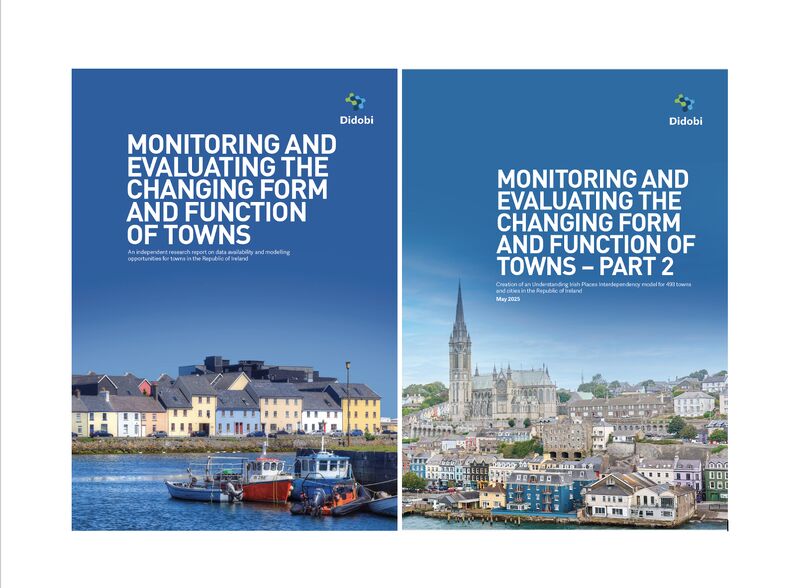Chain reaction – how chain retailers continue to adapt to the new Total Retail world
Last week we published in partnership with PwC data on the openings and closures of chain retailers in the top 500 towns. At our Openings & Closures Summit on 13th October kindly hosted by Hogan Lovells we also presented on the wider impact of the changes GB wide as clearly retail parks and big malls are a destination of choice for many. Here are the key findings of what the chains are up to in the top 500 towns.
Pace of retailers shutting up shop reduces in first half of 2014–but gulf between openings and closures nearly doubles.
Half year 2014 net closure levels are currently higher than 2013 annual total -even before major collapses in July and September are accounted for. Building Societies, women’s clothing stores and mobile phone shops suffering. Betting shops, coffee shops and bank outlets thriving
From a peak of more than 20 store closures a day in the first six months of 2012 to 18 per day in the same period in 2013, the rate of store closures has fallen again to 16 per day in the first half of 2014.
At first sight this appears positive, but deeper analysis reveals that year on-year, the gulf between openings and closures has widened as withdrawal levels remain high alongside significantly fewer debuts. The study of 500 town centres across Great Britain shows that 3,003 outlets closed in a six-month period compared to 2,597 openings, a net reduction of 406 shops.
This is almost twice as high as the net reduction in H1 2013 (209) when 3,157 stores opened and 3,366 stores closed. The H1 2014 gulf is also larger than the net closure rate of 371 for the whole of 2013 (6,033 closures vs 5,662 openings).
Taking the three months from July 2014 to 31 September 2014 into account, analysis shows that the net decline for the year to date rises to 964 closures – due to the collapse of businesses such as La Senza and Phones 4u.
Betting shops, coffee shops, banks, pound shops, charity shops, convenience stores and American restaurants were among those opening the most outlets during the first half of 2014.
The data also revealed that across multiple retailers in 500 town centres building societies, video libraries, pawnbrokers, mobile phone shops, men’s clothing shops and fashion shops have been amongst the hardest hit in the first half of 2014.
Mike Jervis, insolvency partner and retail specialist at PwC, said: “I expect to see multiple retailers continue to approach openings in town centres very cautiously. This is likely to mean shorter-term leases and more temporary pop up type formats particularly in secondary locations. The overall drop in store openings may look surprising given UK growth prospects but at a macro level, it is most influenced by shifts in retail business models from purely high street to multi-channel. The expanders are still the charity shops, the discount stores and supermarket convenience outlets. It’s good to see banks re-opening branches as ‘challenger’ banks grow and there is a new emphasis on retail offering by some of the established banks.The fallers reflect a spectrum of cases such as Albemarle & Bond where the estate had to be reduced to restore viability through to Blockbuster where the chain’s raison d’etre has become obsolete due to technology, which also continues to impact retail service businesses such as travel agents. The fashion sector is also on the back foot, due to too many similar formats and online trends.”
The changing profile of town centres is very clear in this analysis – 365 goods shops of a more traditional type (e.g. shoe & clothes shops) pulled down the shutters. Service retail (e.g. travel agents, pawnbrokers) saw a significant net decline in shops from -145 units (-0.83%) in H1 2013 to -245 (-1.43%) in H1 2014. Leisure chains (food, beverage & entertainment) have continued to thrive albeit at a slower rate with the number of outlets from +215 (1.53%) in H1 2013 to +170 (+1.17%) in H1 2014.
| Risers | Net Change (Units) | Net Change (%) | Fallers | Net Change (units) | Net Change (%) |
| Betting Shops | 63 | 2.54 | Building Societies | -96 | -10.32 |
| Coffee Shops | 55 | 2.99 | Video Libraries | -68 | -100 |
| Banks/Financial Institutions | 43 | 1.11 | Womens Clothes Shops | -66 | -4.80 |
| Discount Stores | 33 | 4.05 | Pawnbrokers | -48 | -7.02 |
| Charity Shops | 33 | 0.92 | Mobile Phone Shops | -47 | -2.10 |
| Convenience Stores | 16 | 1.03 | Mens Clothes Shops | -43 | -6.99 |
| American Restaurants | 14 | 7.65 | Fashion Shops | -37 | -1.01 |
Table 1. Top risers and fallers by business type in H1 2014 (Source: Local Data Company)
Mark Hudson, retail leader at PwC, said “This data shows that we are now really starting to see the full effects of the digital revolution and consequent change in customer behaviour play out on the high street. Although the rate of growth of online sales is slowing, it still far outstrips store sales growth for most retailers, from a much higher base. This, combined with the advances in mobile technologies and smartphones, is only going to accelerate the channel shift. We’re heading for a high street based around immediate consumption of food, goods and services or distress or convenience purchases. I’m not sure that’s what customers really want – but consumer and business economics are pointing in that direction at the moment.”
Across Great Britain…
Openings and closures of multiple retailers by region across the top 500 GB town centres in H1 2014
| Country/ | Number of store closures | Number of store openings | H1 2014net change | H1 2013 net change |
| English Region* | ||||
| East Midlands | 235 | 152 | -83 | -44 |
| East Of England | 245 | 248 | 3 | 7 |
| Greater London | 704 | 718 | 14 | -26 |
| North East | 121 | 92 | -29 | -38 |
| North West | 297 | 216 | -81 | -24 |
| Scotland | 140 | 133 | -7 | -8 |
| South East | 465 | 396 | -69 | -46 |
| South West | 246 | 218 | -28 | 2 |
| Wales | 69 | 55 | -14 | -13 |
| West Midlands | 265 | 198 | -67 | -40 |
| Yorkshire and the Humber | 216 | 171 | -45 | 21 |
| Total | 3,003 | 2,597 | -406 | -209 |
Table 2. Multiple openings and closures by region H1 2014 (Source: Local Data Company)
My observations are that this analysis of openings and closures in the top 500 town centres shows that significant changes are continuing to take place across Britain’s town centres. Multiple retailers are continuing to close stores on high streets in favour of retail parks and shopping centres. The bad news is that the significant decline in chain retailer numbers in town centres seen in 2012, which then slowed in 2013, has picked up again with net closures of 406 stores in the first half of the year which is already more than the total for 2013.
Traditional shops continue to be replaced by leisure (food, beverage and entertainment) and services have continued to decline especially in the area of pawnbroking, travel agents and financial services. As leases come up for renewal and the diversity in town centre health becomes even clearer then further changes are expected for the foreseeable future.
I believe that 2014 is the year for total retail where success will be seen in those retailers where bricks and clicks are but one and the customer preference and lifetime relationship is at the heart of the business. You need to live it and not just practice it to be great in the Total Retail world.
Photo credit: GrowthBusiness






Leave a comment: